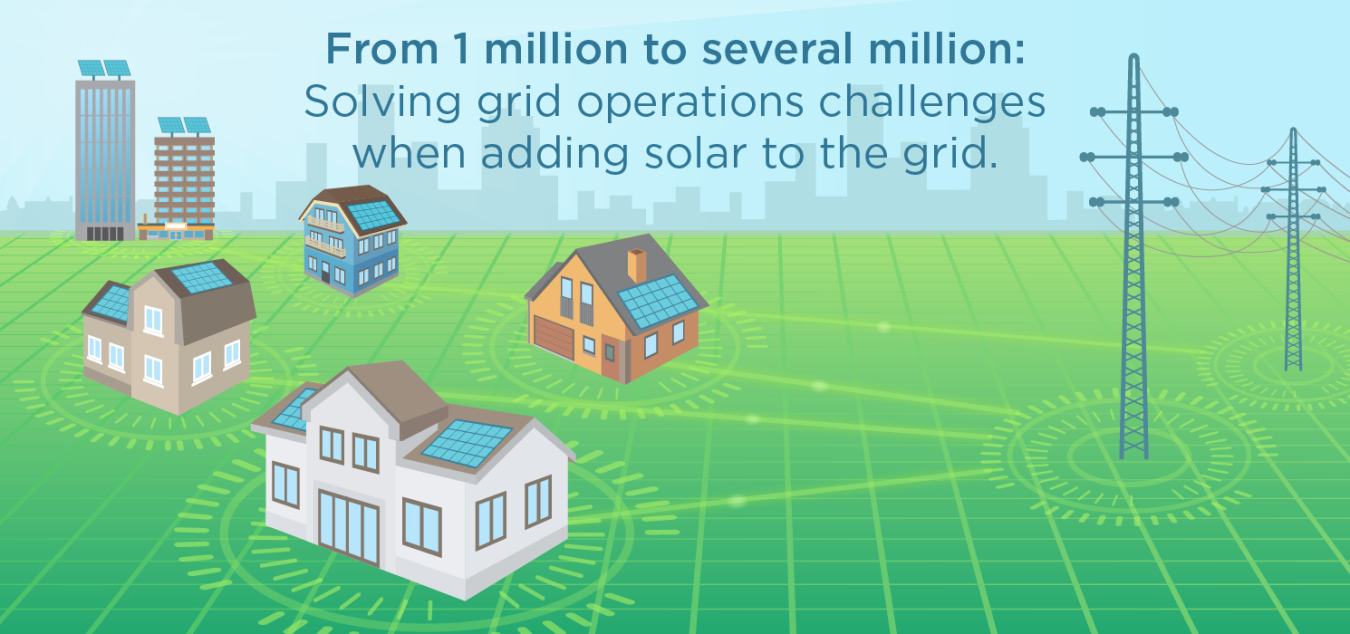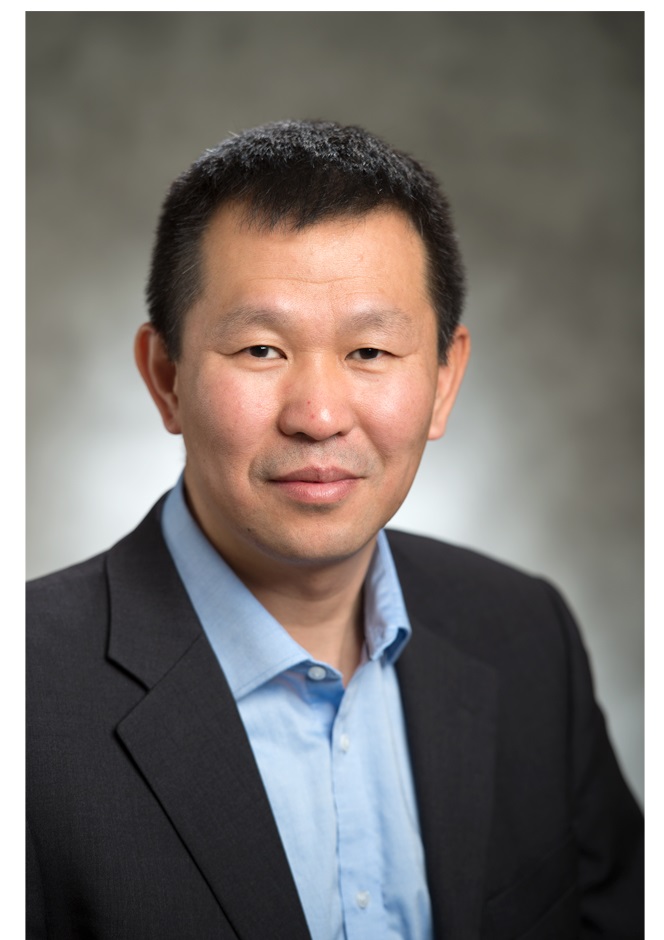If a utility pole falls in a forest and no energy company employee is around to hear it, does it make a sound? Currently, the answer is no. The Energy Department’s SunShot Initiative is trying to fix this problem to alleviate issues for both utilitie...
Office of Critical Minerals and Energy Innovation
May 31, 2016
If a utility pole falls in a forest and no energy company employee is around to hear it, does it make a sound? Currently, the answer is no. For the most part, utility companies rely on customer calls to react to outages. They also don’t know if the power in your house is on, and for customers with solar, they don’t know how much energy that system is producing and feeding into the grid. Essentially, utilities are in the dark about how much energy is being used or generated by their customers in real time until, of course, they read the meter.
The Energy Department’s SunShot Initiative is trying to fix this problem to alleviate issues for both utilities and their customers. A recently announced funding opportunity, Enabling Extreme Real-Time Grid Integration of Solar Energy (ENERGISE), focuses on developing tools that would enable utilities to have visibility into the distribution network—down to each solar energy system that’s feeding the grid. This is a tremendous opportunity for solution providers to work closely with utilities to develop tools that would enable millions of additional distributed energy systems to connect to the grid.
Utilities have a lot to gain from this much visibility. Not only would they be able to make quicker decisions to match energy supply and demand, they would also be able to react to storms and other disruptions on the grid before they cause problems. By re-routing power flows, the operational planning tools envisioned in the ENERGISE funding opportunity would reduce outage times and the number of customers affected by an unplanned event, bringing more resiliency to the grid. In addition, accurate and reliable planning of new distributed solar generators could make new conventional power plants unnecessary, saving millions of dollars in capital costs.
More significantly, these tools will help utilities meet the renewable portfolio standards in states like California, where the state has set a target of generating 50% of its power from renewable energy by 2030, much of which will be from small, distributed solar systems. The existing method of bringing solar to the grid—conducting an interconnection study and screening the project for negative grid impacts for each project—isn’t realistic in a scenario with millions of individual solar projects. To keep the lights on, grid operators need new solutions to meet these challenges and modernize their operations. Planning and integration tools need to be real-time, accurate, and able to be applied on a large scale to maintain reliability while integrating hundreds of gigawatts of solar onto the grid. This is the future that ENERGISE hopes to enable.
Guohui Yuan

Dr. Guohui Yuan is the program manager for the systems integration (SI) subprogram within the Solar Energy Technologies Office (SETO). His team supports research, development, and demonstration of technologies and solutions to enable the widespread deployment of solar energy on the nation’s electricity grid.
Dr. Yuan has been supporting SETO as a technical advisor since 2011. Previously, he held several key positions at industry-leading clean technology startups, including CURRENT Group, GridPoint, and WaveCrest Labs. Early in his career, he worked at COMSAT Labs as a systems scientist. He is a recognized thought leader and has many technical publications. He holds nine patents.
He holds a B.S. degree from Tsinghua University, Beijing, China and a Ph.D. from the University of Maryland, College Park, both in physics.


